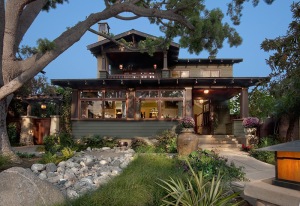After 36+ years as a San Diego commercial photographer, I still get the occasional question, “So, shot anything really fun ?” I know what they want to hear but I still try to give them an accurate answer.
“Why yes, just last week I photographed 13 commercial water dispensing machines from Glacier Water.” I’ve learned not to interpret their quizzical or disappointed look as a desire for more detail.
They don’t want to hear how it required three photography assistants, a truck full of lighting, 2 days of planning, live talent (models) review and selection, contract negotiations, site inspections, designing graphics, 13 hours of shooting (not uncommon for product photography), another 2 days of post production, paying the talent, paying the production team, and finally delivering finished images…No, they don’t want to hear that.
A guy wants to hear how I shot gorgeous models who spent the day provocatively parading in front of my camera while I did “Gawd knows what” inside my head.
A girl wants to hear how I photographed a beautiful bride in her late twenties wearing a Vera Wang, floating down the winding staircase to her perfect reception where her delighted guests munch crab cakes from Laurent Tourondel and gasp in wonder at how beautiful she is.
My wife wants to hear when we get the check from the water dispenser client.
I want to hear the phone ring with my next product or San Diego architectural photography assignment with a big budget.
I don’t shoot weddings or runway models. Explaining what I do takes too long.
We moved them with a fork lift…No, not her; she was light as a feather. (Model: Katlyn Cole)
Larny Mack Photography is known for professional product photography in San Diego and Southern California. See for yourself why Larny Mack is San Diego’s premiere professional photographer.











